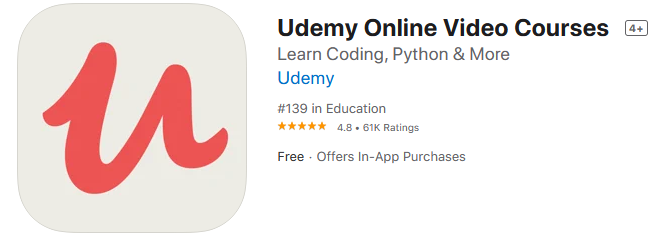Updated 10/20/2020
The Gist of Python
I won’t hide it: Python is my favorite programming language of all time.
No, it’s not the fastest language out there—you’re not going to find it powering Triple A games or any graphics-intensive applications any time soon—but it can basically do everything really well and in fewer lines of code than other languages. And, in terms of readability and functionality, it hits a bullseye.
We won’t go into Python’s history here: there’s Wikipedia for that. I want to briefly explain what Python is, what makes it stand apart from most languages, and where it’s being used today. Let’s jump in.
What Python Is
Python is a programming language that is dead easy to learn, beautiful to look, and widely used—hey, you might be surprised where.
For starters, have some Python code!
> def say_hi():
> print("Hello World!")
> hi()
"Hello World!"Obviously, we could get more complex than that. Here, we just define a function and then we run it.
I just wanted to give a simple example to demonstrate the fact: Python is simple. So much so, it’s the most popular introductory programming language taught in universities worldwide.
The aforementioned study was done in 2014, but the momentum certainly hasn’t stopped. Udemy straight up advertises Python (above Javascript no less!) in their app store description. A large number of the most popular courses on Udemy are about Python and/or prominently feature Python as the language of choice for a number of different applications.

That leads us to another point: Python is general purpose. It can be used for creating websites and web apps; it can be crammed into integrated systems; and for Pete’s sake, it can power a Raspberry Pi to water your poor houseplants as you watch indifferently. Python is also popular for API development.
Where Python really excels, however, is in the realm of science.
Powerful libraries like Pandas, NumPy, SciPy, MatplotLib, Seaborn, Tensorflow, and others make data analysis, linear algebra, spreadsheet manipulation, and machine learning accessible (and relatively easy) to the general public by combining Python’s syntatic simplicity with common functions and routines found in each discipline.
What Makes Python Unique
Arguably the most unique thing about Python—and usually a dead giveaway that you’re looking at Python code—is its strict usage of indentation. By this, Python is said to adhere to the Off-side rule, a rarity among programming languages, with less than 2% of all languages using significant indentation.
Unlike the multifarious compiled languages, Python is an interpreted language: without going into the nitty-gritty details, this means code is compiled at runtime, not before. An implication of this is that your Python code doesn’t necessarily need to be error-free before you can run it, although Python won’t execute if, say, your code indentation is incorrect. which is a luxury you won’t get in a compiled language like C / C++ or Java something Compiled languages must be free: they won’t run if there is an error anywhere in the code
Where Python is Used Today
Forthcoming lol